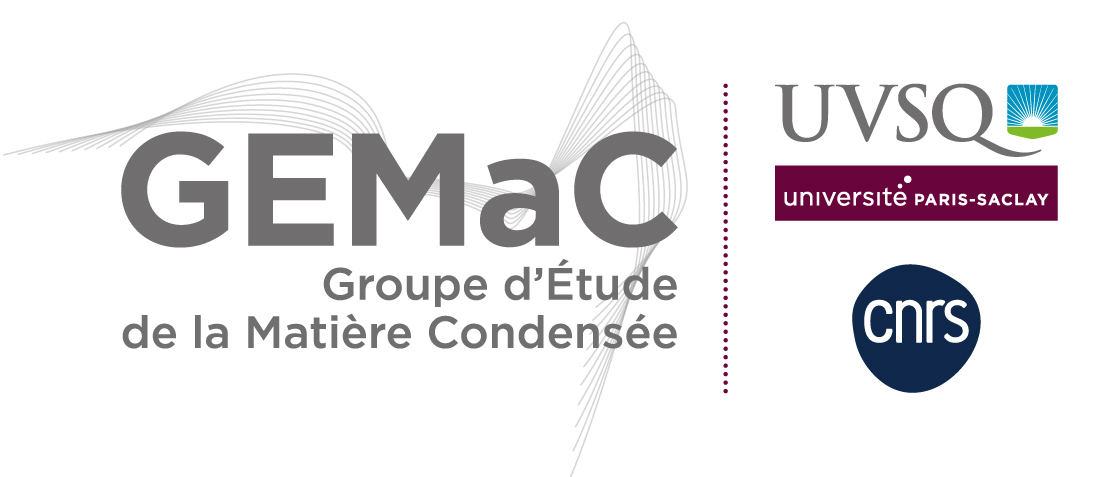Vous êtes ici : GEMACFRSéminaires et colloques
- Partager cette page :
- Version PDF
Issues with Density Functional Theory for Describing Defects and Dopants in Metal Oxides
This seminar is a presentation by Dr. Michael NOLAN showing the work on cerium dioxide and titanium dioxide, with DFT corrected for on-site Coulomb interactions, DFT+U, to study oxygen vacancy formation, metal adsorption and the defects that form upon doping.
le 25 mai 2010
le mardi 25 mai 2010 à 14h30
Département de Physique
Bâtiment Buffon Salle 212
GEMAC, antenne de Versailles, 45, Av. des Etats-Unis, Versailles
Bâtiment Buffon Salle 212
GEMAC, antenne de Versailles, 45, Av. des Etats-Unis, Versailles
Defects and dopants in metal oxides are absolutely crucial to their performance in
many applications. Modelling of defect formation and doping is an important part of
understanding these processes. The most widely used approach is density functional theory
(DFT). However, due to limitations in present approximate exchange-correlation
functionals, e.g. the local density and generalised gradient approximations, the DFT
description of many defects and dopants in widely used metal oxides
is, in the main, entirely incorrect.
We present some results from our work on cerium dioxide and titanium dioxide, where we
have used DFT corrected for on-site Coulomb interactions, DFT+U, to study oxygen
vacancy formation, metal adsorption and the defects that form upon doping. In general, the
DFT+U results are consistent with
known experimental data and can also be used to predict the cation oxidation states present
upon doping, as well as rationalising experimental findings.
However, DFT+U has its own limitations, principally, that the U parameter is empirical
and that U can only be applied to particular species. To this end, we have begun hybrid
DFT studies of defects and dopants in metal oxides and present some initial results on this
to assess the applicability of DFT+U.
many applications. Modelling of defect formation and doping is an important part of
understanding these processes. The most widely used approach is density functional theory
(DFT). However, due to limitations in present approximate exchange-correlation
functionals, e.g. the local density and generalised gradient approximations, the DFT
description of many defects and dopants in widely used metal oxides
is, in the main, entirely incorrect.
We present some results from our work on cerium dioxide and titanium dioxide, where we
have used DFT corrected for on-site Coulomb interactions, DFT+U, to study oxygen
vacancy formation, metal adsorption and the defects that form upon doping. In general, the
DFT+U results are consistent with
known experimental data and can also be used to predict the cation oxidation states present
upon doping, as well as rationalising experimental findings.
However, DFT+U has its own limitations, principally, that the U parameter is empirical
and that U can only be applied to particular species. To this end, we have begun hybrid
DFT studies of defects and dopants in metal oxides and present some initial results on this
to assess the applicability of DFT+U.
Informations complémentaires
- Revenir à la liste complète des séminaires






 Contact :
Contact :